River Otter
The North American river otter is a thickset mammal with
short legs, a neck no smaller than its head, inconspicuous
ears, and a muscular body that is broadest at the hips. Its
tail is powerful and a little more than a third as long as its
head and body. Only the hind feet are webbed. Adults weigh 15
to 35 pounds (6.8–15 kg) and are 40 to 60 inches (102–152 cm)
in length. On the average, females are about 25 percent
smaller than males.
It is sometimes called the land otter (to distinguish from the sea otter).
When prime, river otter fur appears black-brown, with the belly slightly lighter in color than its back. The chin and throat are grayish. Otter fur consists of a very dense undercoat overlaid with longer guard hairs, which are usually removed by furriers.
River otters appear to have well-developed senses of smell and hearing. Their vision is not especially good but may be better underwater than above. Several sets of strong whiskers are used by the animal for hunting and avoiding obstructions.
It is sometimes called the land otter (to distinguish from the sea otter).
When prime, river otter fur appears black-brown, with the belly slightly lighter in color than its back. The chin and throat are grayish. Otter fur consists of a very dense undercoat overlaid with longer guard hairs, which are usually removed by furriers.
River otters appear to have well-developed senses of smell and hearing. Their vision is not especially good but may be better underwater than above. Several sets of strong whiskers are used by the animal for hunting and avoiding obstructions.

+(Small).jpg)




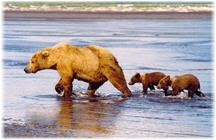





























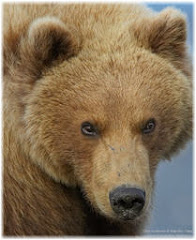




No comments:
Post a Comment